Introduction
The golden-crowned sparrow is a bird commonly seen across the pacific coast. It is one of five birds belonging to the genus Zonotrichia, which is a group of characteristically large American sparrows. This species is one of the least researched songbirds and there have been relatively few field studies conducted about them (Cornell Lab of Ornithology, n.d).
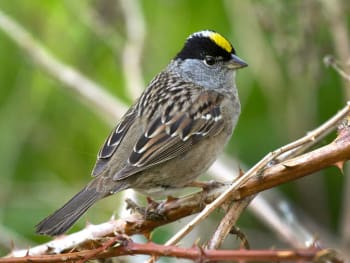
Description and identification
The Golden-crowned sparrow (Zonotrichia Atricapilla) is from the order Passeriformes. This bird gets its name from the distinctive yellow stripe on the top of its head. In the summer, they have a grey underbelly and a streaked brown back with a black crown and the characteristic bright yellow forehead. During the winter, or while immature, Golden-crowned sparrows generally have a duller overall color with brown replacing the black on the head and a more muted yellow on the forehead (Wikimedia Foundation, 2020). Females and males are similarly plumaged however, males are slightly larger. They have square-tipped tails as well as pale brown legs and dark bills. Their lower mandible is a lighter shade than its upper. Additionally, another way to identify the golden-crowned sparrow is by its 2 white wing bars (Wikimedia Foundation, 2020) . Golden-crowned sparrows are relatively large compared to other sparrows in North America. They are, on average, 15-18 cm long and have a wingspan of around 24.75cm. They can range from 30-33 grams (Cornell Lab of Ornithology, n.d). For perspective this is around the same weight as a packet of ketchup .
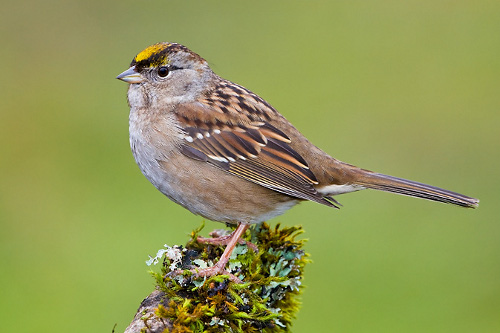
Song
The song is very distinctive and includes a loud “chink” and a high pitched “tseet” in flight. The song is often perceived as sounding similar to the phrase “oh dear me”. This is because there is a series of three whistles that are descending in pitch. However, series of five notes can also be heard (Golden-crowned sparrow, n.d) .
Distribution
This sparrow can be found along the west coast of North America. It is a migratory species and breeds mostly around Alaska. They spend their non-breeding season in British Colombia, the USA (including California and Nevada) as even as far south as the northwestern regions of Mexico(Cornell Lab of Ornithology, n.d). Golden-crowned sparrows have been recorded in Russia, Japan and the east coast of North America however, this is very uncommon. Little is known about its northern breeding grounds and activates.
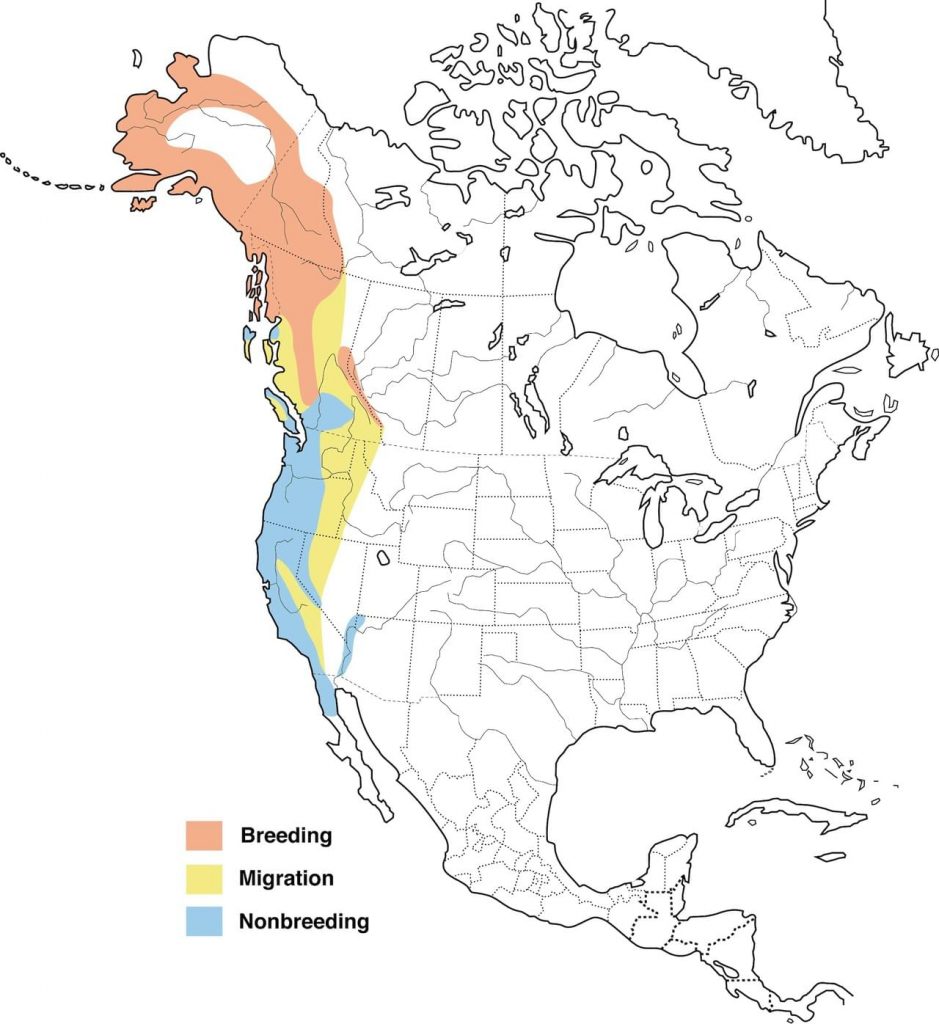
Habitat
The preferred habitat of the Golden-crowned sparrow is dense shrubbery. They can be found in weedy fields and shrublands of the west coast between fall and spring. For nesting, they prefer dense brush or stunted trees(Cornell Lab of Ornithology, n.d) .
Behavior
Migration
Golden crowned sparrows tend to flock together in the winter months and are known to travel together with other birds, such as the white-crowned sparrows. Flock territories are generally 15- 20 acres and birds tend to stay in the same flock during the duration of each winter. Individual birds also tend to return to the same area each year (Price, 1931). Within flocks, Golden-crowned sparrows use their black and gold crowns as a measure of dominance. Using the brightness and size of head stripes to determine social status helps reduce fighting and saves energy (Wikimedia Foundation, 2020).
Reproduction
This species typically produces a single brood and the breeding season begins from late May to August. The nest is built by the female in a cup shape out of branches and leaves. Feathers and other soft materials are used to line the inside (Golden-crowned sparrow, n.d) . The nest is usually built on the ground however, it is occasionally made on low branches. While the eggs are being laid the male stays in the area for protection and also provides the female with food during the incubation period. The eggs that are laid (usually 4-5) are pale green with reddish-brown spots. The incubation period is between 11-14 days and once the eggs hatch both parents help in feeding the young (Wikimedia Foundation, 2020) .
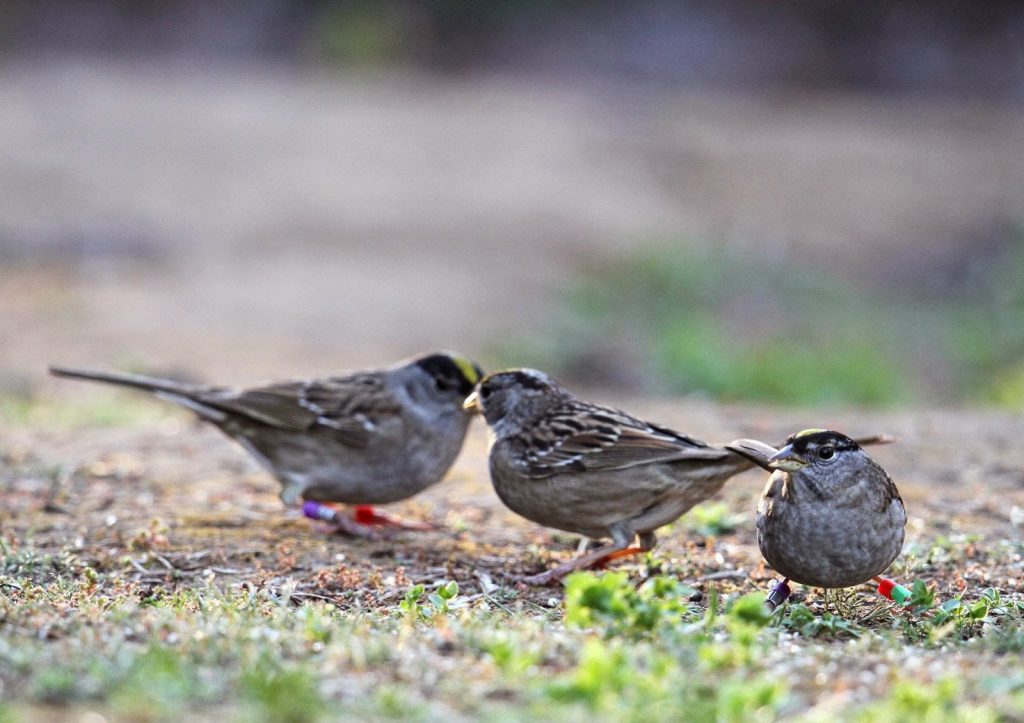
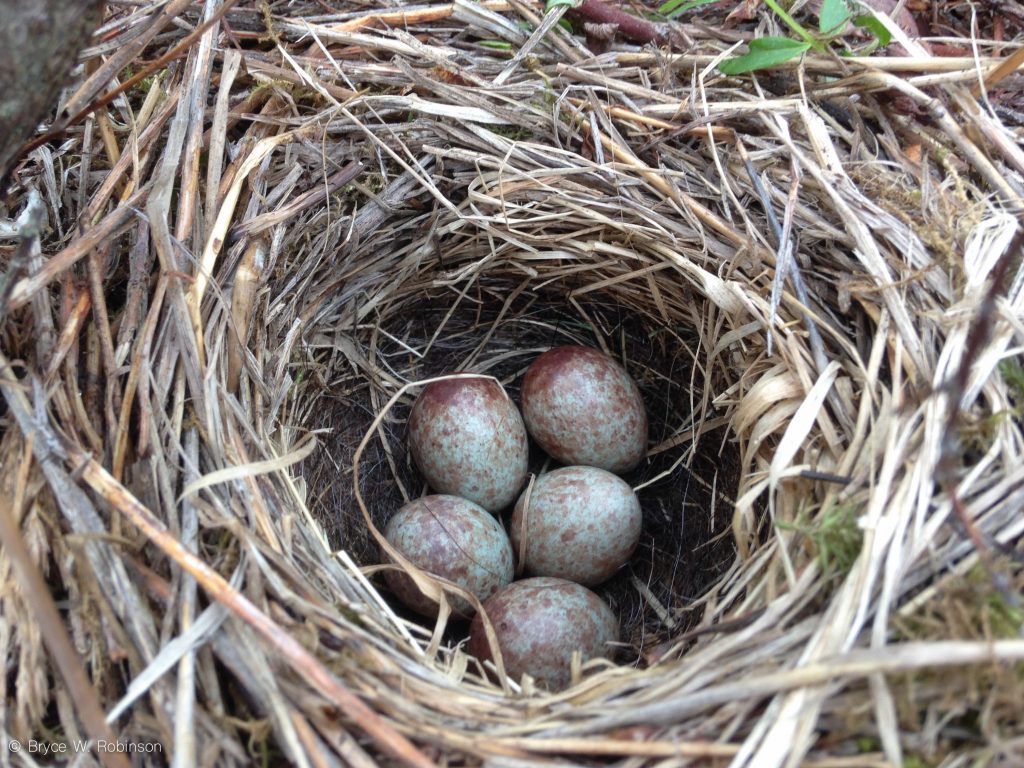
Feeding
Like many other birds from the order Passeriformes, Golden-crowned sparrows eat berries and flowers. They feed primarily on the ground by pecking and scratching around low vegetation. In the winter, their diet consists of seeds, berries, flowers and buds(Wikimedia Foundation, 2020) . They have also been known to eat crawling insects off of plants. This bird generally has two weight peaks per year. One is in the middle of winter and the second, and greater one, is shortly before migration in spring (Linsdale & Sumner, 1934).
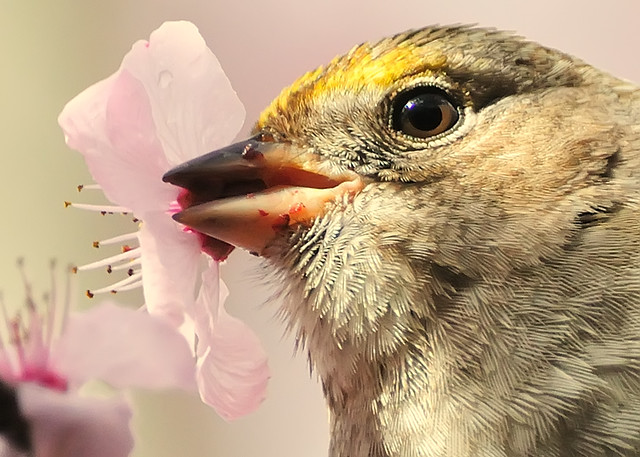
Conservation status
The Golden-crowned sparrow is relatively common. The exact population is unknown however an increase over the last decade has been reported. The international Union of the Conservation of Nature lists the Golden-crowned sparrow as a species of least concern (Wikimedia Foundation, 2020) .
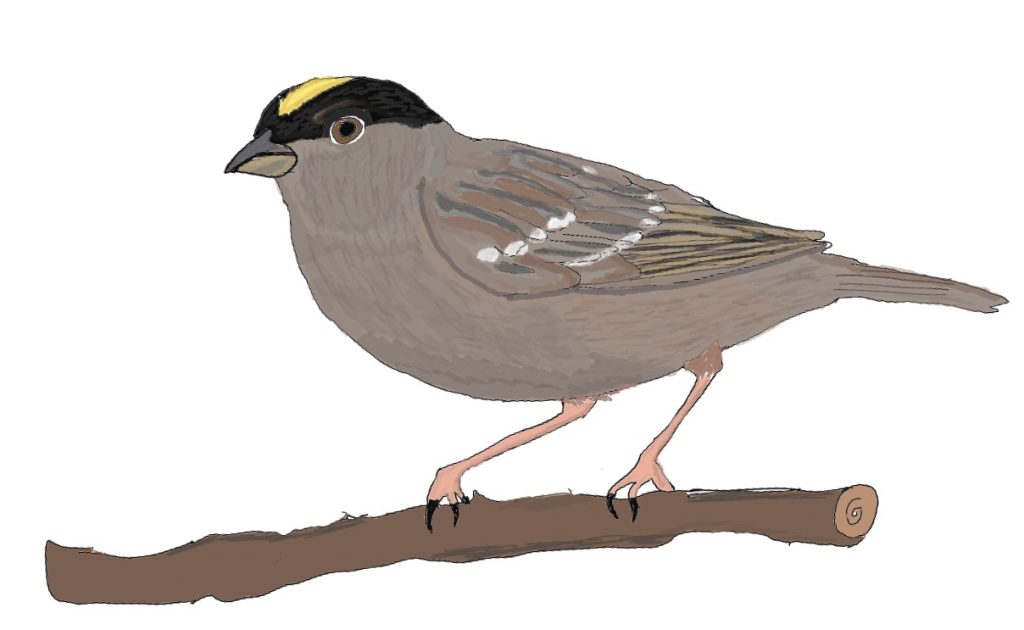
Threats
The Golden-crowned sparrow is prone to feather mites and chewing lice which can put their health at risk (Poulin, 1991). Hippoboscid flies are another potential threat for the Golden crowned-sparrows. They can be vectors for diseases which may be detrimental to the bird’s health (Elliott, 1984). Furthermore, there are many predators that prey on the Golden-crowned sparrow throughout its life cycle. Some examples include the Coopers hawk, Sharp-shinned hawk, Northern harrier, Merlin’s, Pygmy owls, Barn owls and feral cats (Wikimedia Foundation, 2020) .
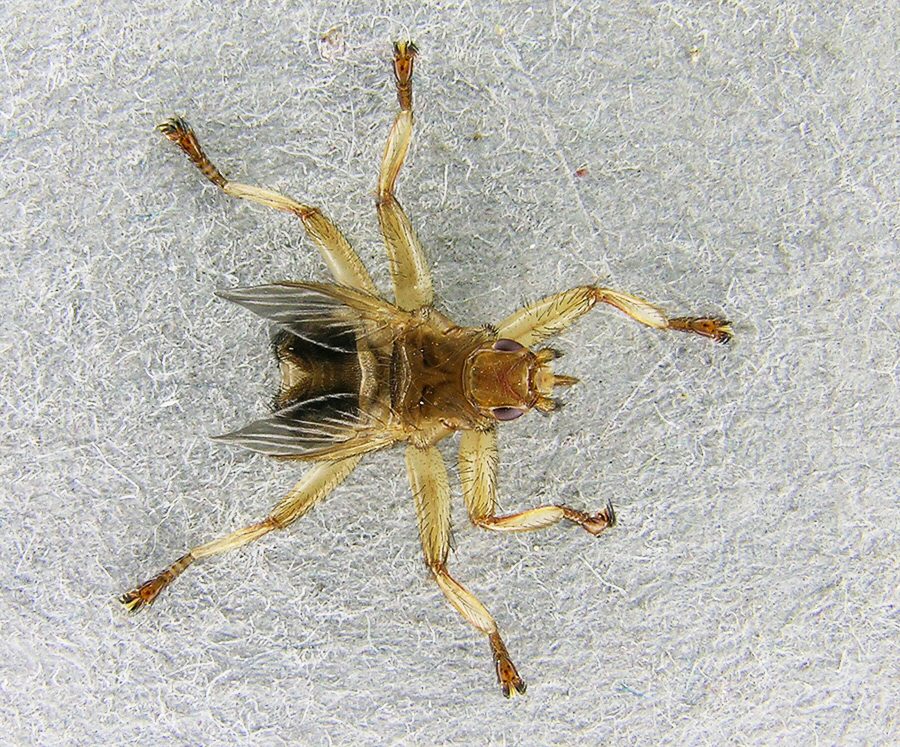
Fun Facts
- The oldest recorded Golden-crowed sparrow was 10 years and 6 months old. It was banded as an adult in winter and recaptured nine winters later (Klimkiewicz, 2020).
- Miners in the Yukon used to refer to the Golden-crowned sparrow as the “no gold here” bird because of its depressing sounding song. It was also referred to as “Weary Willie” because its song resembles the phrases “I’m so tired” and “oh dear me”(Cornell Lab of Ornithology, n.d).
- This bird arrives earlier to its California wintering grounds and stays later than almost every other bird species (Cornell Lab of Ornithology, n.d).
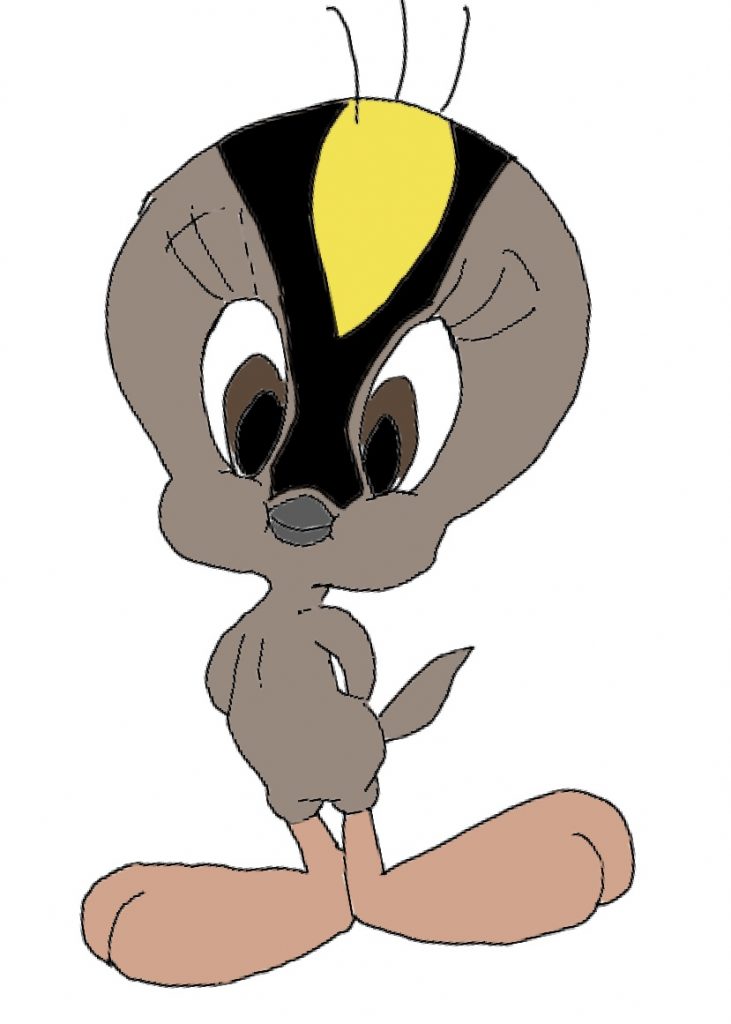
Recent research
An area of recent research looks at the introductory whistle of the Golden-crowned sparrow and whether it can be used for early song recognition in nestlings. Many songbirds have predispositions to learn species specific (conspecific) songs. This paper suggests that the introductory whistle is enough for newly hatched birds to recognize conspecific songs. In the study, Golden-crowned sparrows are compared to its sister species, the White-crowned sparrow. The results displayed that Golden-crowned sparrow nestlings responded differently to the song of their own species more than that of the White-crowned sparrow. In addition, it was observed that Golden-crowned sparrow hatchlings responded more ,via chirping, to the conspecific introductory whistle opposed to the heterospecific introductory whistle (the whistle of the White-crowned sparrow). It was also seen that the response from the introductory whistle did not differ greatly from the full song. Thus, the author concluded that the introductory whistle is sufficient for early song recognition in Golden-crowned sparrow nestlings (Hudson & Shizuka, 2017).
References
Golden-crowned Sparrow. http://www.oiseaux-birds.com/card-golden-crowned-sparrow.html.
Hi Tyler,
Nice blog. I really loved your illustrations! Very nice! These are one of my favourite sparrows. They just are too sweet, and a nice treat to see in the winter.
I agree with you that parasites can pose a risk to individuals, however I disagree that a Hippoboscid fly is categorized as a chewing louse. Lice and flies are different insect orders! Do you know if GCSP employ any behaviours to avoid these parasites?
Thanks for sharing your love of GCSP!
Cheers,
Sam
Hello Sam ,
Thank you for the feedback! I am glad you enjoyed the blog. I agree that Hippoboscid flies are not chewing lice. It seems that I should have done a more thorough proof reading before posting. I will make revisions as soon as possible. In regards to your question, as far as I can tell their main method of deterring parasites is by preening.
Regards,
Tyler
Hi Tyler,
I loved the fact you included your personal drawings! I had a quick question regarding those that migrated to Japan and Russia. Were you able to find out why they would go that far and how they were able to do so. From my understanding and what you said, this is very uncommon, and flying over the ocean seems like a lot of work for a little bird.
Thanks,
Eden
Hello Eden,
I am glad you enjoyed the drawings! Unfortunately, little is known about why they travel as far as Japan and Russia. As far as I can tell there is no research about why this happens. According to ebird, out of all the Golden-crowned sparrow sightings recorded in the last 10 years only 0-2% have been in japan. Majority of these sighting happened in spring which could suggest that the trip has something to do with food abundance as their diet consists of flowers and buds however, this is just a hypothesis and no research has been conducted.
I hope this helped,
Tyler
Hi Tyler,
I enjoyed your drawings! I had a question regarding their migratory patterns. In your fun fact section you said that the golden crowned sparrow was both one of the first to arrive in California and one of the last to leave. I was hoping you could go a bit deeper into why they choose to spend so much time there rather than migrating back to the breeding grounds.
Also I guess I have to start referring to them all as “kings” and “Queens” because they’ve been crowned.
Good yard,
Ian
Hello Ian,
Golden-crowned sparrows generally arrive at their wintering grounds in September and leave in May. There are no specific studies discussing why they stay in California for longer than other migratory birds. However, it is suggested that when day-light increases in spring these birds detect the change through photoreceptors. Their body then responds by putting on fat and getting the urge to migrate. Golden-crowned sparrows remain in flocks during the winter so it may take longer for individuals to put on sufficient fat for the trip (due to competition of food recourses within the flock). This is just a hypothesis and not backed up by any conclusive research. Hopefully, more studies will be conducted in the future to reveal more about the migratory patterns of these “kings” and “Queens”.
Regards,
Tyler